Review of the Day: Return to Augie Hobble by Lane Smith
 Return to Augie Hobble
Return to Augie Hobble
By Lane Smith
Roaring Brook (an imprint of Macmillan)
$16.99
ISBN: 978-1-62672-54-1
Ages 9-12
On shelves now
Here is what we can say about Lane Smith – he does not go for the easy emotional pass. There are countless author/illustrators out there for whom risk is an unknown concept. The idea of writing a book, to say nothing of your first middle grade novel, and making something new and strange of it, would put them off entirely. For Smith, it’s all in a day’s work. Indeed he’s made a name for himself in waltzing merrily into the children’s literary unknown. Had he debuted his first novel and it had been some earnest and meaningful tale of a slightly bullied boy who is dealing with a death and befriends the local pixie dream girl who teaches him to love again (currently the most popular plot in 2015 as long as you occasionally switch up the genders) then his fans would have felt a deep sense of betrayal. That said, to avoid the falsely “meaningful” by creating a book devoid of meaning is a step too far in the opposite direction. A little meaning is the glue that holds even the silliest and most esoteric work for kids together. In Return to Augie Hobble Lane Smith embraces that which makes him Lane Smith. Yet while he is clearly unafraid to take risks and try new things, he seems oddly reticent to give his creation a true and beating heart. Does it need one? That’s a question best answered by each individual reader.
Augie Hobble hasn’t the worst life you’ve ever heard of, but on a scale of sucks to ten it scores fairly low. It’s one thing to have to go to summer school because you can’t seem to finish one crummy school project. It’s another thing entirely to be convinced that you’re turning into a werewolf. Working in his dad’s run down fairy tale theme park (called, appropriately enough, “Fairy Tale Place”) Augie at least has his best friend Britt and their mutual intention of building a tree house to distract him. But things are not always what they seem. Pets are disappearing, there are some weird government agents flitting about, and then mysterious writing appears in Augie’s notebook from an unknown hand. Mysteries of this sort can be hard to come by. And when the true story behind the mysteries comes to light, the truth is clearly stranger than any fiction Augie could have imagined.
ADVERTISEMENT
ADVERTISEMENT
This is Smith’s first foray into the middle grade world but it’s hardly his first time playing with expectations and forms. His work on Jon Scieszka’s The True Story of the Three Little Pigs and The Stinky Cheese Man remain to this day original, eclectic, and odd. But watching Smith pen his own books been interesting. It’s little wonder that he was at least partially behind the blog Curious Pages “recommended inappropriate books for kids” with a big old picture of Struwwelpeter standing at the top. His picture books have ranged from a diatribe against the electronic world (ending with a word that gave a certain sort of parents apoplexy) to American history gone goofy to a meditative consideration of a life well spend (topiary in abundance). The aberration amongst these books, if it could be called that, was the last book I mentioned, Grandpa Green. In that book Smith slowed his rapid rate, and took stock of life and living. It seems that with “Return to Augie Hobbie” he is now returning to his fast paced existence with a vengeance.
There’s a lot to enjoy about the book, starting with the setting itself. For a time I decided to gather together all the information I could about all the children’s literature related statues in America. Little did I expect that this search would plunge me into an unexpected exploration of fairy tale and nursery rhyme themed parks for kids that preceded and existed in tandem with early Disneyland, only on a much smaller, creepier, scale. So many of them continue to operate today, and so they were pretty much tailor made for an eerie, unnerving book of this sort. If you were to create a book that was essentially “The X-Files” for kids, I can think of no better setting.
It will surprise few to learn that Smith is at his strongest when he’s at his creepiest. And in terms of creepy thrills, there’s an early mystery in the novel that taps into something fearful and primal at our core. Augie keeps a journal with him most of the time. After he experiences a shocking loss he finds to his consternation that someone is scribbling in his beloved book. Suspects abound but the writing itself turned out to be my favorite part of the story. There is true horror in misspelled childlike crawls. If it doesn’t make the hairs on the back of your neck stand up on end then you are made of sterner stuff than I.
Interestingly, it was Smith’s exploration of death that took me out of the book the most. A couple spoilers are going to start cropping up in this review so if you haven’t already signed off and you want to be surprised then I suggest you do so now. When Augie’s best friend Britt dies of an allergic reaction to peanuts, he becomes convinced that he himself is the accidental murderer. Augie is plunged into guilt and when it looks as though his friend’s ghost is somewhere near I wondered where Smith was going. Could the ghost just be an extension of Augie’s guilt? Nope. And all of a sudden Britt’s appearance wipes away what had all the promise of an interesting look at guilt and grief and coping. Not that I wanted this to turn into some introspective Newbery-esque treatise on the healing powers of family or anything. I mean there are friggin’ werewolves in them thar hills. But by the same token I was uncomfortable with how something that was so serious for a second became altogether too light too quickly. All I really wanted was a single moment between the two boys that felt real. Like they understood what their new roles were and had decided to take them on. Even the silliest book has room enough for a little heart, however brief. To excise it from the storyline does the title a disservice.
The other difficulty I had with the book involved the ways in which the central mysteries are solved. And it happened anytime the fantastical moved out of the possible into the real. Now I’ll be the first to admit that you cannot create a work of fiction built entirely on mysteries and mysterious occurrences without eventually saying what’s going on. A book that’s all mystery and no answer is simply a cheat. On the other hand, it takes an enormous amount of talent to reveal a mystery without inspiring in your audience that feeling of deflation that comes whenever a magician explains how he did a trick. The fact of the matter is that while Smith is exceedingly talented at setting up his mysteries, once they crossover from mystery to reality, they lose something. The first time this happens is when a character turns into a werewolf before our very eyes. Until that moment, we’ve had no absolute proof that there’s anything more than wishful thinking on the part of the hero going on in terms of the story’s mysteries. In fact, the revelation is so unexpected that I was left wondering if maybe Smith changed his mind in the course of writing the book and decided to go whole hog on the fantasy elements. When he commits to the bit he commits to the bit, and after the werewolfing of a character everything is pretty much up for grabs. Examples.
I think what Smith may be going for in this book is an intellectual play on fantasy akin to Daniel Pinkwater and his books. The difference between the two lies in how Smith straddles the form. On the one hand he has moments that could break into genuine emotional beats if he’d let them. On the other, if he wanted to really let go and embrace his love of the absurd, there’s room for that as well. Instead, he commits to neither. Moments that should engage the reader’s heart are left feeling empty while the absurdities have a caged in, closed feel. To be frank, I either wanted this book to let Smith’s freak flag fly or to give my heart something to care about. In the end, I have neither.
By the end of the story I had to come to the conclusion that the only way this book makes any sense is if it’s the first in a series. If Fairy Tale Place is meant to be the backdrop to a wide range of freaky happenings, then this is just setting up the premise. Three kids, one of whom is dead, solving supernatural mysteries is interesting. Would that we could just jump to those books and skip this one in the interim. It’s by no means a bad book, but with its fuzzy focus and off-kilter sense of its own audience, I question how many kids are going to engage. A noble, if ultimately unbalance, attempt.
On shelves now.
Source: Galley sent from publisher for review.
Filed under: Reviews, Reviews 2015
About Betsy Bird
Betsy Bird is currently the Collection Development Manager of the Evanston Public Library system and a former Materials Specialist for New York Public Library. She has served on Newbery, written for Horn Book, and has done other lovely little things that she'd love to tell you about but that she's sure you'd find more interesting to hear of in person. Her opinions are her own and do not reflect those of EPL, SLJ, or any of the other acronyms you might be able to name. Follow her on Twitter: @fuseeight.
ADVERTISEMENT
ADVERTISEMENT
SLJ Blog Network
One Star Review, Guess Who? (#202)
Exclusive: Giant Magical Otters Invade New Hex Vet Graphic Novel | News
Parsing Religion in Public Schools
Take Five: LGBTQIA+ Middle Grade Novels
ADVERTISEMENT

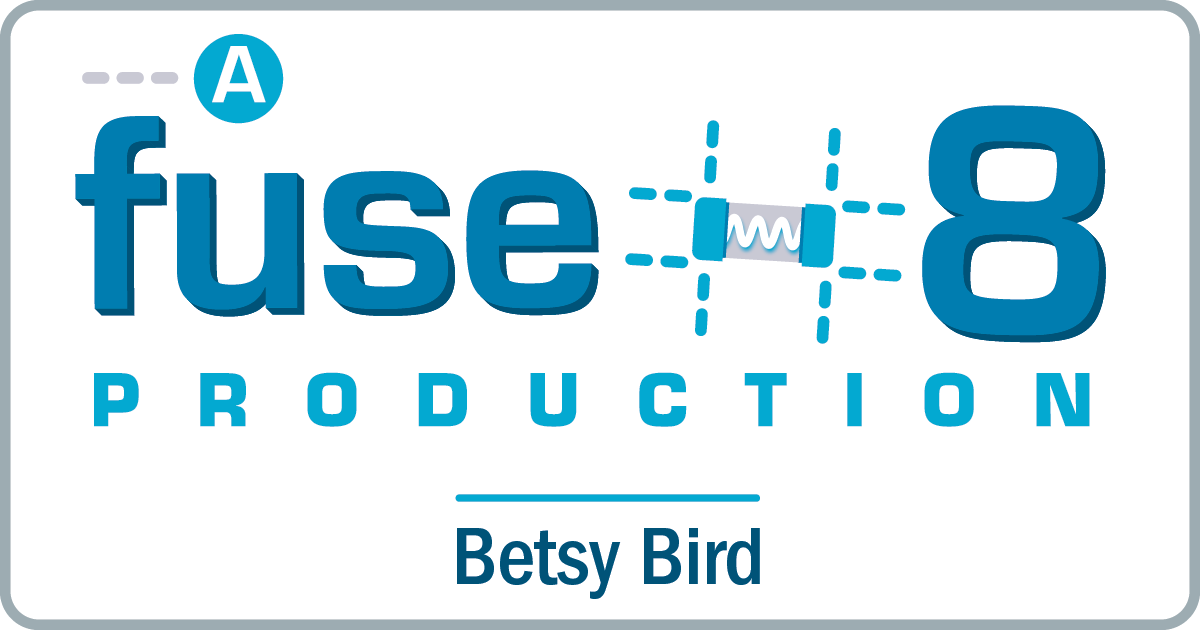

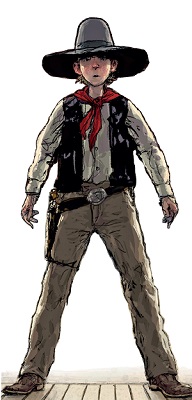
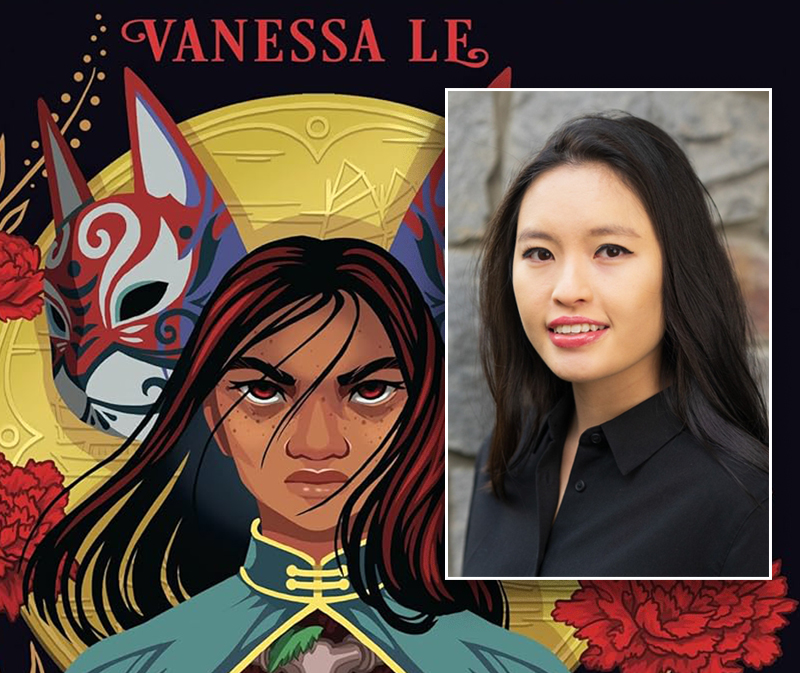
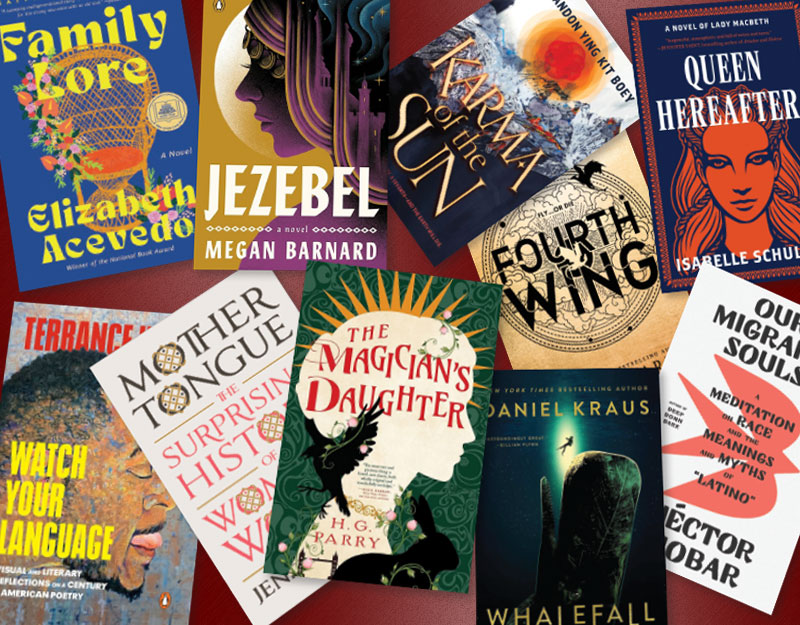

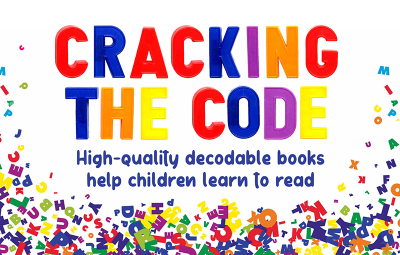
Did you mean “the difference between the two lines in how Smith…” BTW, would you write a post one day on those fairy-tale theme parks still operating? Would make a fascinating read. Further BTW, the Charlotte Observer recently ran an article about the old Land of Oz theme park here in NC. (you showed a picture of it once) It closed several years ago but opens and operates once a year but people think it’s deserted and go over the fence to steal things. What a shame to steal from Oz.
It would make a good title for a biography too, come to think of it. “To Steal From Oz”. And yes indeed, such a piece on those fairy-tale parks would be delightful. Smith should write one himself, since I suspect a little research must have gone into this book.
As for the line, nope. Between the two lies the difference, though I put it in this case as “the difference between the two lies in how Smith…” Sounds okay to me, but I’m open to correction. Grammar and I have a frenemy relationship.